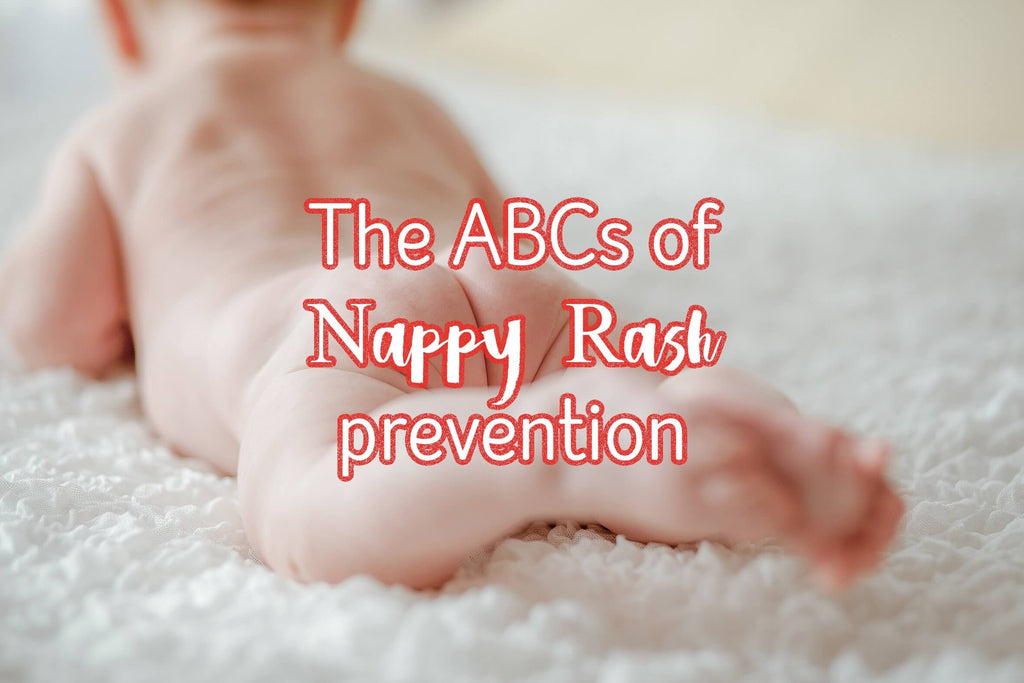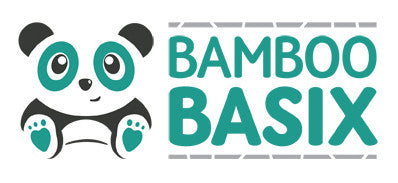
Nappy rash is horrible and painful and can still occur with the greatest of care. However, there are things you can do to help prevent your little one from suffering nappy rash.
What is nappy rash?
The term “nappy rash” is used to describe any irritation to the skin covered by the nappy. The rash is usually confined to this area, but can spread to the stomach or back. It is commonly seen in babies 2 years and under, with a peak incidence at age 9-12 months. This corresponds with the introduction of solids (and the resulting change in acidity of their poo), and when they spend most of their time sitting.
Nappy rash can vary in severity from mild redness to red-raw, blistered skin. As well as the rash, your baby will likely cry or appear uncomfortable or irritable during nappy changes.
How does nappy rash occur?
The most common causes of nappy rash are:
- Moisture: dampness caused by a wet or dirty nappy;
- Chafed or otherwise sensitive skin: skin irritation related to the nappy itself including:
- using a nappy that is too tight
- rubbing the skin during changes
- reacting to detergents used to wash cloth nappies
- perfumes in disposable nappies, or
- powders or lotions used in your nappy change routine
- Introduction of different foods: commencing solids, or foods with high acidity can cause changes to your baby’s poo;
- Yeast or bacterial infection;
- Antibiotics.
The Basix of nappy rash prevention
The good news is that there are some simple changes you can make to your nappy changing routine to prevent this horrible rash.
Remember your ABC’s
A - Air the bottom - nappy free time will reduce the contact of urine and poo with your baby’s skin and allow the skin to heal. Our changing pad liners are waterproof and perfect for putting underneath your baby to guard against the ill-timed nappy off tinkle.
B - Barrier cream - Barrier creams can help treat and prevent nappy rash. Look for a cream with zinc oxide like MooGoo’s Nappy Balm (featured in our "Change Maker" gift set) or Sudocrem. Carefully read the label of all nappy products so you know what the cream is made of and what substances will be in contact with your baby’s skin.
C - Clean - Clean gently with cotton balls or a soft cloth and luke warm water. Our washcloths are super soft and gentle on delicate skin and suitable for this purpose.
D - Dry - Pat dry. Avoid wiping as this friction can damage your baby’s skin. If you use cloth nappies, consider using disposable nappies while your baby is suffering nappy rash as these may be more effective at drawing moisture away from baby’s skin.
E - Education - Learn about what nappy rash looks like and how to treat it. Ask your doctor, health professional, or other parents for different tips and tricks to prevent nappy rash.
F - Frequent changes - Regular nappy changes are recommended, especially after poos.
When should you see your doctor or health professional?
Consult your doctor or health professional immediately if you have any concerns, or where:
- Your baby is unwell or not themselves;
- Your baby is not feeding or drinking as usual;
- Your baby is not producing as many wet nappies;
- Your baby’s rash is getting worse or looks infected (pus filled sores or blisters);
- The rash has not resolved after 2-3 days.
Your doctor or health professional may prescribe an antifungal ointment if a yeast infection is diagnosed, or antibiotics if there is evidence of bacterial infection. Steroid ointments may also be recommended if your baby’s skin is severely inflamed.
We hope you find this article helpful. Please note the content is of a general nature and for information purposes only and not intended to be a substitute for professional advice, diagnosis or treatment from a doctor or health professional.
If you have any tips or advice you’ve found useful, please share them with us on our Facebook page or in the comments section below.

Leave a comment